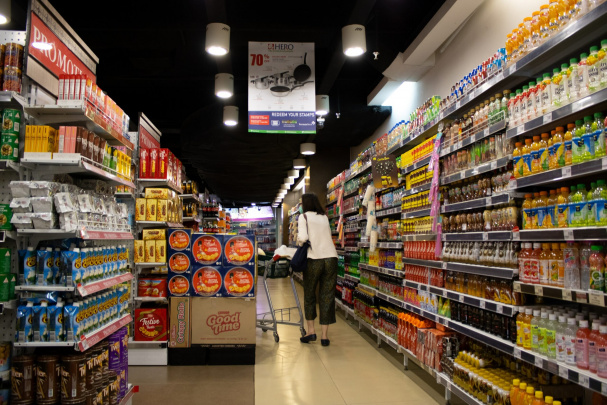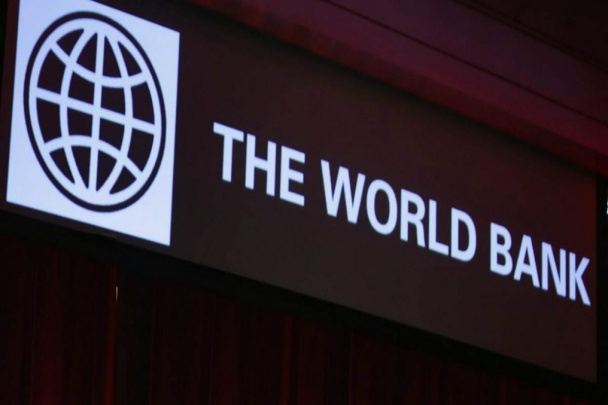Uzbekistan sees 0.2% deflation in June amid seasonal vegetable price drop
In June, the average price level in Uzbekistan fell by 0.2%, mainly due to the seasonal drop in vegetable prices, according to the National Statistics Committee. Annual inflation, however, remained unchanged at 8.7%.
For comparison, June deflation stood at 0.24% in 2024 and 0.29% in 2023.
Food prices in June declined by an average of 1.1%, slightly less than the 1.8% decrease recorded during the same month last year. Non-food products rose by 0.2% (down from 0.8% a year earlier), while the cost of paid services increased by 0.8% (compared to 0.9%).
On a year-over-year basis:
- Food prices increased by 6%,
- Non-food goods rose by 7.5%,
- Services became 15.8% more expensive.
The highest monthly inflation rates were observed in Surkhandarya (0.4%), Khorezm (0.1%), and Karakalpakstan (0.2%), driven primarily by rising water and sewage tariffs. Over the past 12 months, the highest inflation rates were recorded in Fergana (10%) and Khorezm (9.3%).
The main driver of June’s deflation was the seasonal drop in vegetable prices. Notable month-on-month price declines included:
- Eggplants: –51.6%
- Tomatoes: –46.6%
- Cucumbers: –30.9%
- Watermelons: –26.8%
- Cabbage: –23%
- Garlic: –10.5%
Conversely, prices rose for:
- Citrus fruits: +13.8% to +36.2%
- Carrots: +12.4%
Among other products, poultry meat rose in price by 1.6–1.8%, and eggs by 5.3%.
Tariffs for cold water and utility services were raised by 6.1%.
Notably, the report did not include traditional data on fuel, transportation, or beef/lamb prices.
According to the committee’s estimates, the fall in food prices lowered overall inflation by 0.51 percentage points, while the rise in utility, water, gas, and electricity tariffs added 0.12 points.
Last month, the Central Bank of Uzbekistan kept its key interest rate unchanged at 14%, citing ongoing inflationary pressure and accelerating core inflation. The decision also aims to mitigate secondary effects from rising gas and electricity prices.
Related News

10:32 / 09.07.2025
Inflation expectations in Uzbekistan drop sharply in June

14:54 / 13.06.2025
Energy costs, utility tariffs continue to shape inflation expectations in Uzbekistan

20:13 / 12.06.2025
World Bank raises Uzbekistan’s 2025 growth outlook amid regional slowdown

19:30 / 12.06.2025



